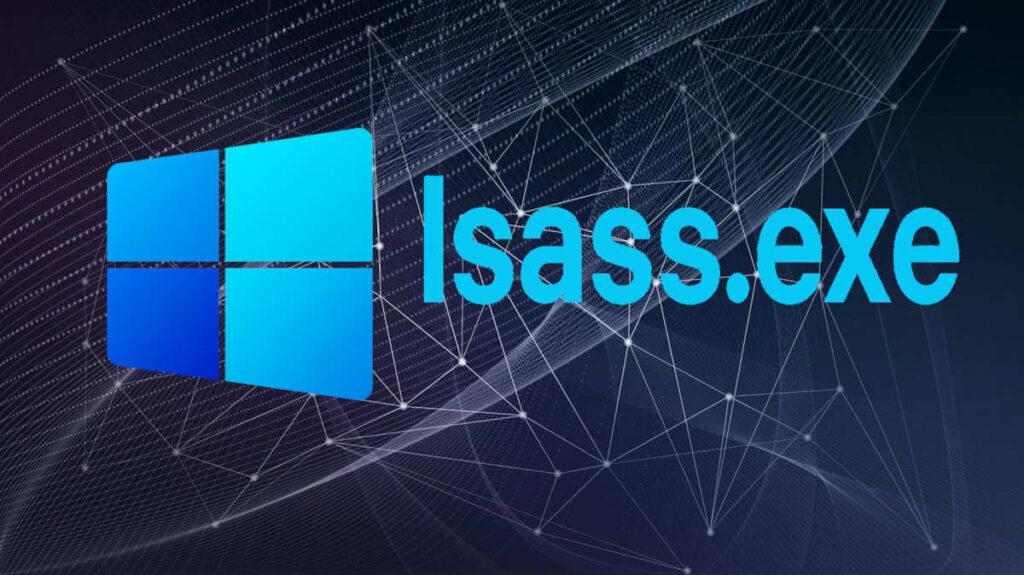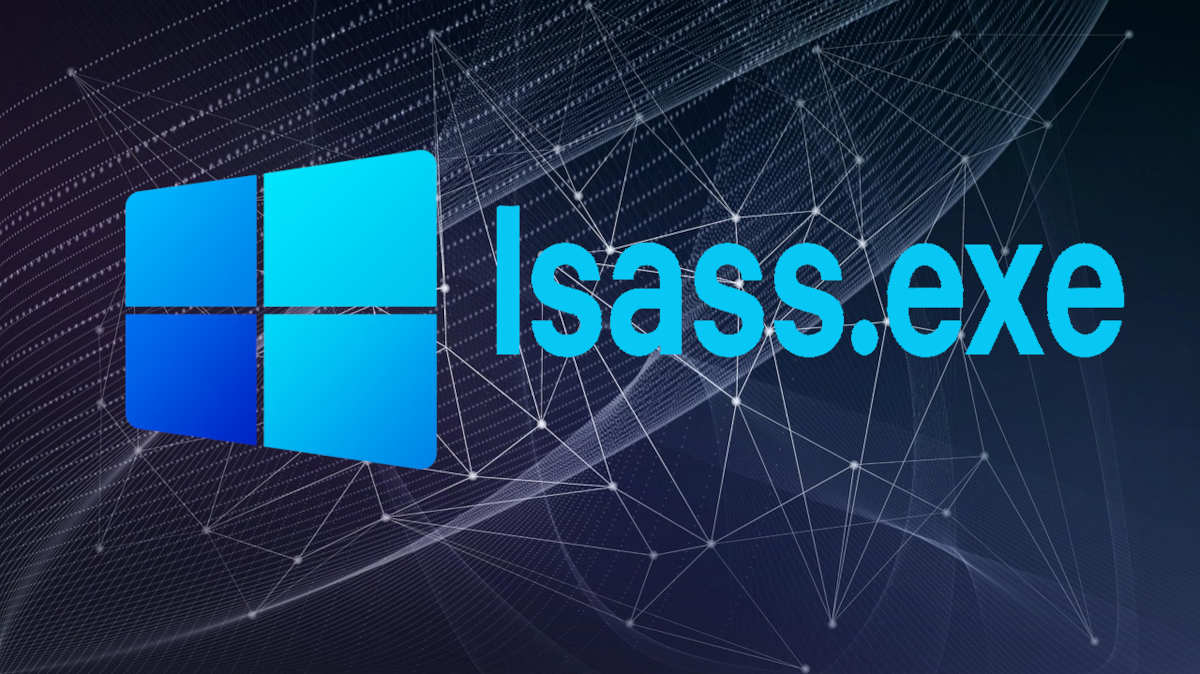
If you're ending processes in Task Manager to optimize Windows, be careful! While stopping some isn't a big problem, ending others can be catastrophic. This is the case lsass.exe, a critical Windows security processWhat is it and why is it worth greeting it from afar? We'll tell you all about it below.
What is lsass.exe and why is it a critical Windows security process?
Ending processes in Task Manager is an effective way to free up system resources in Windows. This is especially true when there are many services or programs running in the background. But you have to be careful, as Interrupting the wrong process can cause problems unexpected and even critical.
One of the Windows processes that is best left untouched is lsass.exe. This acronym stands for Local Security Authority Subsystem Service (Local Security Authority Subsystem). As its name indicates, it is a fundamental process for the security of a Windows computerWhat exactly does it do?
The main function of lsass.exe is manage the local security policy of a Windows PCAmong other things, it's responsible for controlling and monitoring user authentication, password verification, and access token creation. It ensures that you, as a user, can interact with the system securely, verifying that you are who you say you are.
Specific functions of lsass.exe
Basically, lsass.exe acts as an inflexible doorman at the entrance to an exclusive nightclub: verifies your identity before allowing you to enterIt's like a gatekeeper who decides who enters the system and what they can do once they're in. Let's detail some of its most critical functions:
- Authenticate every login when you enter your password, PIN or use Windows HelloLSASS checks its validity against the system's security database (SAM). If successful, it generates an access token, like a one-time pass that defines who you are and what you can do.
- Caching your credentialsIf you use corporate domains, LSASS caches your session credentials. This way, if the domain server becomes unavailable, you can continue working with your stored local permissions.
- Manage Security PoliciesHow complex does a password need to be, and when does it expire? What can a user with administrator rights do? What types of security events have occurred on the system? All of this and more is directly related to lsass.exe.
- Generate Tokens and Manage SessionsAfter successful authentication, LSASS creates a unique access token for that session. This token is verified by other processes to ensure that it's you performing an action (accessing a folder, running a program, etc.).
Why is it so critical? The consequences of stopping it
It's clear that lsass.exe is an indispensable element in ensuring user security in Windows. It interacts with other processes and services to ensure that only authorized users can access the system and perform certain actions. Obviously, This process has to and must run in the background, almost permanently.But what happens if you stop it from Task Manager?
Windows' response will be drastic and immediate: it will display a error message indicating that the system is shutting down due to a critical process failing. The computer will then automatically restart to restore the process and return to a safe state. It won't give you time to save what you're doing or wait for your confirmation.
And it's understandable why Windows reacts this way. By terminating the lsass.exe task, you've completely disabled its security and authentication system. In other words, The system can no longer verify who is who, nor manage permissions. For this reason, and to prevent such a vulnerable state from being exploited by any threat, Windows forces a restart to return everything to its original state.
Security tips related to lsass.exe

It's worth taking advantage of this section to review some security measures to keep in mind regarding lsass.exe. Due to its role as a credential guardian, it's logical that be targeted by cyber attackersIn their effort to corrupt it, they use advanced malware, such as the Mimikatz tool, which attempts to dump its memory and then extract credentials.
Hence it is so important keep the entire operating system updated to its most recent versionMicrosoft regularly releases security patches that address vulnerabilities in lsass.exe and other processes. Installing these updates is the first line of defense against this and other attacks.
Some antivirus programs also offer protection against unauthorized access to lsass.exe memory. Professional versions of Windows 10 and Windows 11 now have pre-activated credential protection technology. (Credential Guard). On the other hand, it's especially important to stay alert to a danger that's more common among pedestrians.
How to distinguish between a legitimate and a fake lsass.exe
Since it's a critical component for Windows to function, no one in their right mind would attempt to delete the lsass.exe executable. Knowing this, some attackers They create viruses with similar names (isass.exe, lsasa.exe, etc.). This makes it easier to camouflage the threat and makes it less likely that an unwary user will delete it from the system. Given this reality, how do you detect the impostor? Easy:
- By its locationThe only correct location for the lsass.exe file is the System32 folder in C:\Windows\System32. To verify the location, open Task Manager, right-click the process, and select Open file location. If it redirects you to a location other than the System32 folder, delete the file.
- By name: Checks the spelling of the file name to detect errors.
- By your digital signature: Right-click the file in System32, go to Properties – Digital Signature and verify that it is signed by Microsoft Windows.
- Por its size and behaviorThe average size of this file is between 13.000 and 22.000 bytes. It shouldn't consume excessive resources or generate unusual connections.
You already know what lsass.exe is and why it's a critical process for Windows security. In short, do not delete it or interrupt its operation, but be on the lookout for potential scammers. By doing this, your Windows computer will stay protected and you'll be able to use it safely and normally.
Since I was very young I have been very curious about everything related to scientific and technological advances, especially those that make our lives easier and more entertaining. I love staying up to date with the latest news and trends, and sharing my experiences, opinions and advice about the equipment and gadgets I use. This led me to become a web writer a little over five years ago, primarily focused on Android devices and Windows operating systems. I have learned to explain in simple words what is complicated so that my readers can understand it easily.

